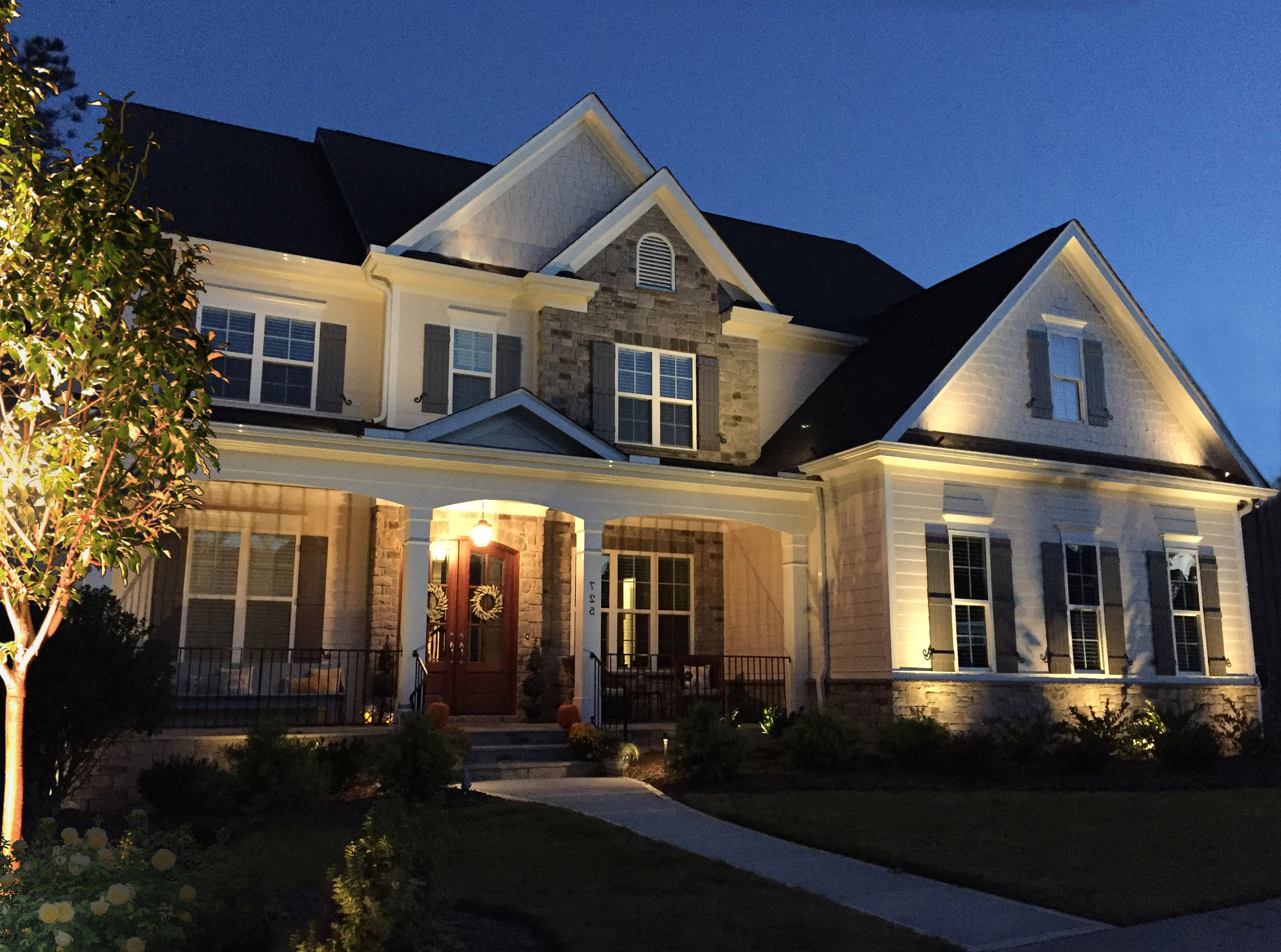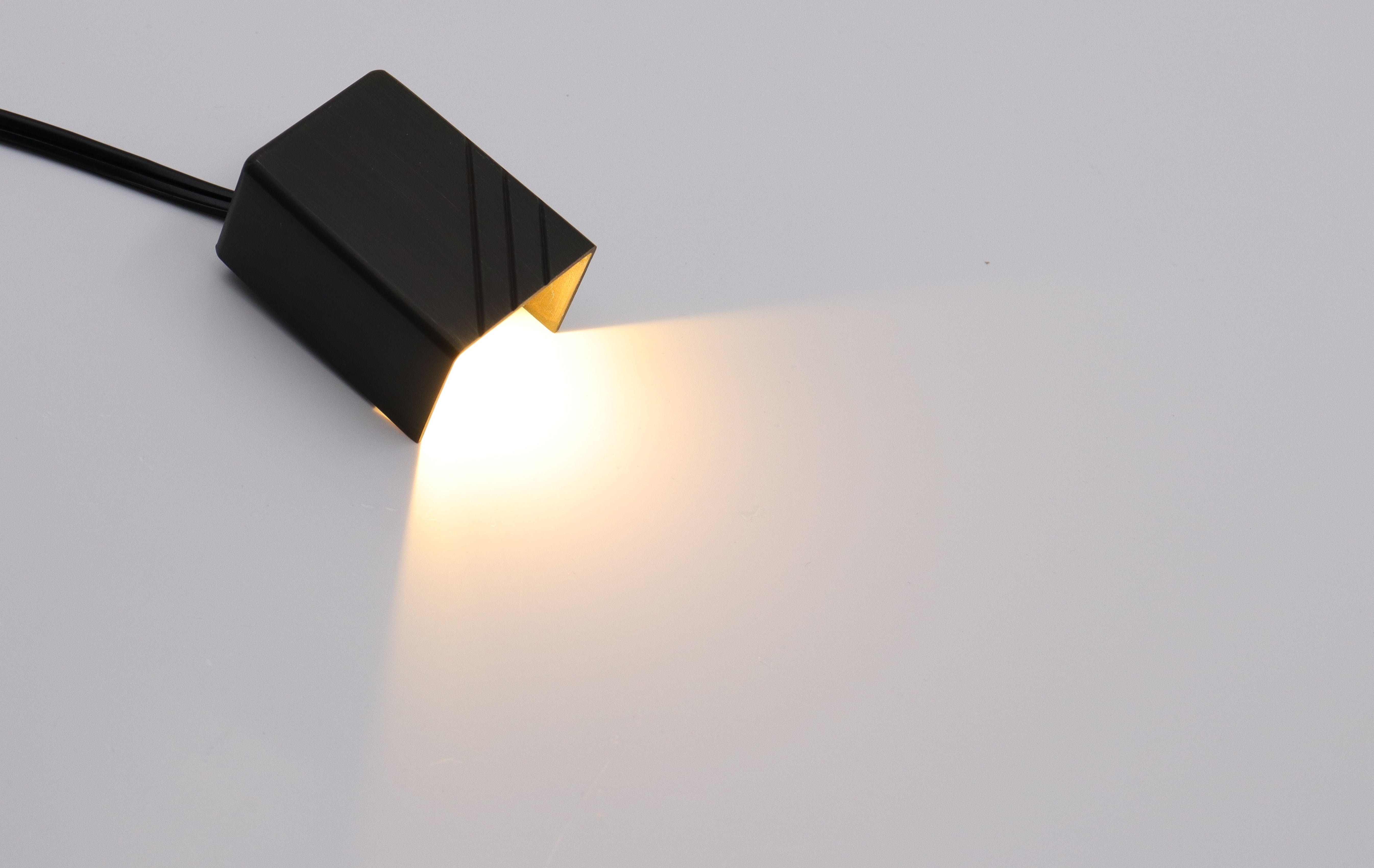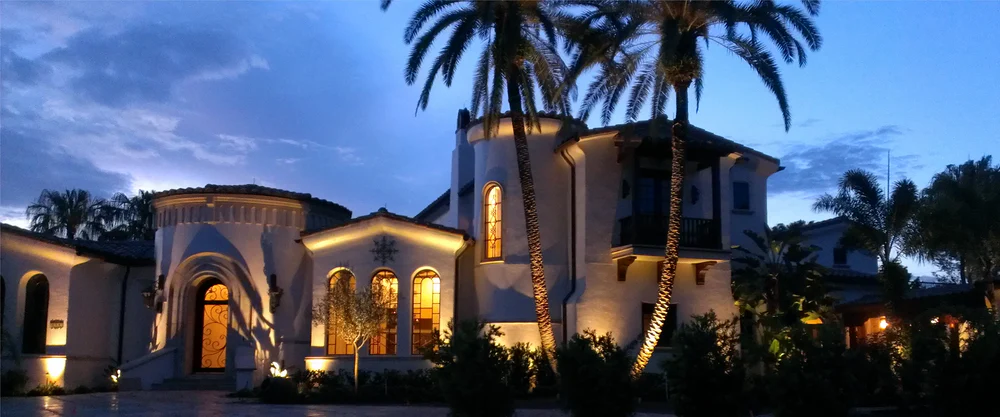When it comes to outdoor lighting, homeowners and landscape professionals alike understand that the foundation of a reliable system starts with a high-quality transformer. A transformer is the heart of a low voltage lighting setup, regulating power distribution to ensure consistent brightness, longevity, and safety for all landscape lighting fixtures. Without the right transformer, even the best brass spotlights or path lights will underperform, leading to uneven illumination, frequent maintenance, and unnecessary costs.
In this comprehensive guide, we will explore why low voltage transformers are critical to any landscape lighting system, the features to look for, common mistakes to avoid, and why COLOER’s line of low voltage transformers stands out as one of the best choices for homeowners and contractors.
Why Low Voltage Lighting Needs High-Quality Transformers
Low voltage lighting systems, typically operating at 12V, have become the standard in outdoor lighting for safety, efficiency, and flexibility. However, residential power usually supplies 120V, which is too strong for landscape fixtures. The transformer bridges this gap by safely converting line voltage to low voltage. According to the Illuminating Engineering Society (IES), improperly sized or low-quality transformers account for nearly 40% of premature outdoor lighting failures.
A reliable transformer ensures:
- Consistent Illumination: Avoids dim or flickering lights due to voltage drop.
- Fixture Longevity: Protects bulbs, LEDs, and wiring from overheating.
- Safety: Prevents electrical hazards by keeping voltage at a safe level.
- Energy Efficiency: Reduces unnecessary power consumption while maintaining brightness.
Without the right transformer, outdoor lighting systems may fail to highlight the beauty and security of landscapes.

Key Features to Look for in Low Voltage Transformers
When evaluating transformers for landscape lighting, professionals recommend paying attention to these critical features:
1. Durability & Weather Resistance
Transformers are typically installed outdoors, often exposed to moisture, heat, and dust. Look for models made from heavy-duty stainless steel or brass housings with weatherproof seals to ensure long-lasting performance.
2. Multiple Voltage Taps
Voltage drop is a common challenge in low voltage lighting. High-quality transformers often include multiple taps (12V, 13V, 14V, or 15V) to compensate for long wire runs. According to field data, using multi-tap transformers can improve light output consistency by up to 25%.
3. Timer and Photocell Compatibility
Efficient energy management requires automated controls. The best transformers integrate with timers and photocells, allowing lights to turn on at dusk and off at dawn, maximizing both convenience and energy savings.
4. Safety Certifications
UL-listed or ETL-certified transformers guarantee compliance with safety standards, giving homeowners and contractors peace of mind.
5. Capacity Matching
Always match the transformer’s wattage to the total load of your landscape lighting system. A good rule of thumb is to size the transformer at 20-30% higher than the total wattage of connected fixtures. For example, if your lighting system requires 200 watts, a 300W transformer ensures optimal performance and room for expansion.
Common Mistakes to Avoid
Even with the best low voltage lighting equipment, mistakes in transformer selection or installation can compromise results:
- Undersized Transformers: Leading to dim or non-functional lights.
- Overloaded Circuits: Causing premature fixture or wiring failure.
- Ignoring Voltage Drop: Especially with long wire runs, leading to uneven brightness.
- Skipping Professional-Grade Equipment: Low-quality transformers may save money upfront but typically fail within a few seasons.
COLOER Low Voltage Transformers: A Trusted Choice
COLOER’s range of low voltage transformers for landscape lighting is designed to meet the demands of both residential and professional installations. Engineered with precision and durability, these transformers address the most common pain points faced by homeowners and contractors.
Key Advantages of COLOER Transformers:
- Solid Construction: Crafted with corrosion-resistant materials that withstand harsh outdoor environments.
- Multi-Tap Outputs: Ensure consistent voltage and brightness across various distances.
- Integrated Safety Features: Overload protection, circuit breakers, and thermal cutoffs.
- Smart Energy Control: Timer and photocell compatibility for automatic operation.
- Flexible Capacities: Available in 75W, 150W, 300W, 600W, and higher models, making them ideal for both small garden lighting projects and large-scale estates.
According to installer feedback, COLOER transformers have reduced maintenance calls by 30% compared to generic alternatives, proving their long-term value.

Expert Recommendations
Lighting designers often emphasize that the transformer is not just a power source, but the backbone of a successful outdoor lighting design. By investing in professional-grade transformers, homeowners secure a system that enhances curb appeal, ensures safety, and minimizes long-term maintenance costs.
A report from the American Lighting Association (ALA) highlights that well-designed low voltage systems with proper transformer sizing can increase property value by 15–20%, thanks to the combination of security and aesthetics.
Choosing the Right Transformer for Your Project
When selecting your transformer, consider:
- Total Fixture Load: Calculate the wattage of all landscape lights.
- Expansion Plans: If you plan to add more lights later, choose a higher capacity.
- Installation Location: Ensure proper ventilation and protection from standing water.
- Control Preferences: Decide whether you want manual, timer, or photocell operation.
For most residential outdoor lighting projects, a 150W to 300W transformer is ideal. Larger properties with extensive pathways, driveways, and garden zones may require 600W or multiple transformers.
Conclusion
Low voltage transformers are the unsung heroes of landscape lighting. They deliver safety, efficiency, and reliability, ensuring that every spotlight, path light, and deck light performs at its best. Skimping on transformers leads to frustration, wasted energy, and costly replacements, while investing in a high-quality unit ensures years of worry-free illumination.
For homeowners and contractors seeking professional-grade performance, COLOER’s collection of low voltage transformers represents one of the best choices available. Engineered for durability, efficiency, and ease of use, these transformers empower outdoor lighting systems to shine brighter, last longer, and add lasting value to any property.
In short, if you want your outdoor lighting system to be safe, reliable, and visually stunning, start with the right transformer—the backbone of every successful landscape lighting project.






Leave a comment
All comments are moderated before being published.
This site is protected by hCaptcha and the hCaptcha Privacy Policy and Terms of Service apply.